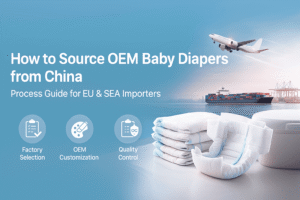Strictly speaking, corporate procurement refers to the procurement process of various raw materials, parts and other materials required by manufacturers with manufacturing needs. In the procurement process, there may be differences in the process due to different suppliers, different procurement methods or different procurement objects. So what are the main 5 steps of the procurement process?
1. Procurement plan
The purchaser should formulate a procurement plan based on the purchase order and the company’s production plan and sales plan.
2. Selection and assessment of suppliers
Investigate whether the supplier meets their requirements.
3. Inquiry, price comparison, bargaining
4. Signing of the contract
After inquiry, quotation, bargaining, price comparison and other processes, the buyer and seller finally sign the relevant agreement and the contract is established.
5. Delivery acceptance
For delivery acceptance, the purchaser must ensure that the variety, quantity, quality and delivery date of the goods are correct.
6. Quality inspection
If the goods pass the quality inspection, they will be put into storage. If they fail, they need to arrange for remediation and return.
7. Financial settlement
After the goods are put into storage, financial settlement is made.
Strictly speaking, the basic procurement process has seven steps, including procurement planning, supplier selection and assessment, inquiry and negotiation, contract signing, delivery acceptance, quality inspection, and financial settlement.













